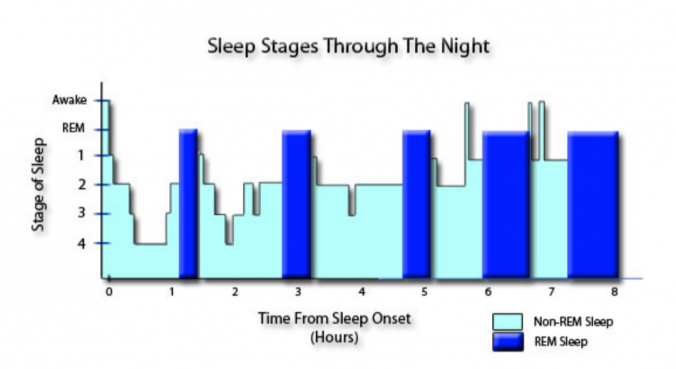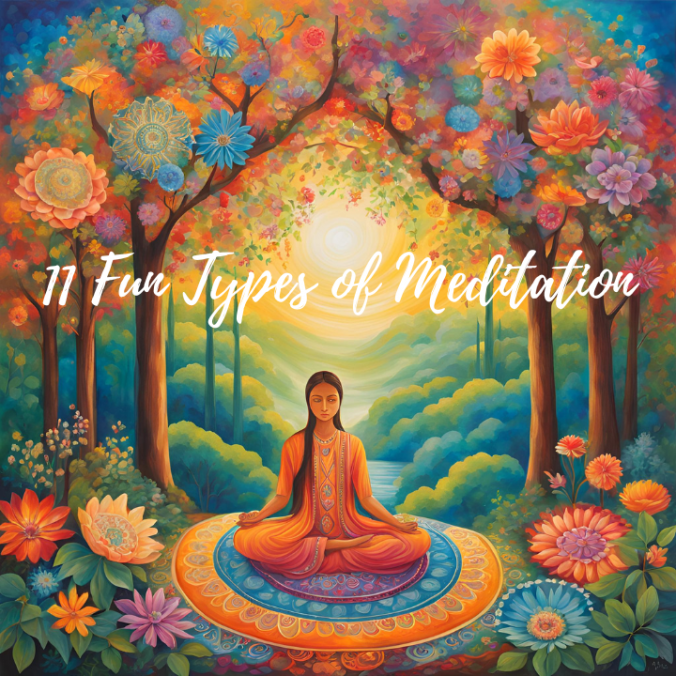Sleep is more than just a nightly pause button—it’s a fascinating, dynamic process that keeps your body and mind in top shape. From repairing muscles to solidifying memories, your brain and body perform an incredible amount of work while asleep. But did you know that sleep isn’t just one long phase? It’s a journey through distinct stages, each with its own purpose.
Let’s dive into the science of sleep, break down its stages, and uncover why each one is crucial for your health.
The Five Stages of Sleep
A complete sleep cycle lasts about 90 minutes and repeats several times throughout the night. This cycle consists of two main types: non-REM (NREM) sleep and REM (Rapid Eye Movement) sleep, which are further divided into stages.
Stage 1: The Gateway to Sleep
– What happens: This is the lightest stage of sleep, lasting only a few minutes as you drift from wakefulness to slumber. Your muscles relax, your heart rate slows, and your brain waves begin to transition from active to calm.
– Why it matters: Stage 1 helps your body prepare for deeper, more restorative stages of sleep.
Stage 2: Light Sleep
– What happens: Your body temperature drops, your breathing and heart rate stabilize, and brain waves become slower with bursts of activity called “sleep spindles.” This stage accounts for about half of your total sleep time.
– Why it matters: Stage 2 acts as a bridge to deeper sleep and plays a role in consolidating memories and processing information from the day.
Stage 3: Deep Sleep (NREM)
– What happens: Also called slow-wave sleep, this is when your brain produces its slowest waves, known as delta waves. Your muscles are fully relaxed, and it’s difficult to wake up during this stage.
– Why it matters: Deep sleep is critical for physical recovery, cell repair, and immune system function. It’s also when the brain clears out waste, a process thought to reduce the risk of cognitive decline.
Stage 4: Very Deep Sleep (NREM)
– What happens: This is often grouped with Stage 3 as “deep sleep.” Your body focuses on repair and growth, releasing growth hormones and restoring energy reserves.
– Why it matters: This stage is vital for feeling refreshed and physically rejuvenated when you wake up.
Stage 5: REM Sleep
– What happens: REM (Rapid Eye Movement) sleep is the stage when your brain becomes highly active, and most of your dreams occur. Your eyes dart beneath your eyelids, your breathing and heart rate increase, and your body enters a temporary state of paralysis to keep you from acting out dreams.
– Why it matters: REM sleep is essential for emotional regulation, memory consolidation, and creative problem-solving.
Why Each Stage of Sleep Matters
Each stage of sleep serves a specific purpose. Together, they form the rest and repair that keeps you functioning at your best:
– Stages 1 & 2 help you transition into and maintain sleep.
– Stages 3 & 4 provide deep physical restoration and support immune health.
– Stage 5 (REM) fuels emotional resilience, creativity, and learning.
Most people are not getting enough hours of sleep or their sleep is interrupted leading to disruption in cycles. Skipping or disrupting any stage can lead to grogginess, difficulty concentrating, and even long-term health issues.
Each 90-minute cycle consists of a different amount of each stage. REM sleep gets longer in each cycle so the majority of REM stage happens after several hours of being asleep. If you are cutting your overall sleep short by going to bed late or getting up early, you are missing out on a significant amount of REM sleep. And, remember, REM is the stage responsible for memory, learning, and mood.
The Wonder of Sleep
Sleep is far from passive—it’s an active and vital process that touches every aspect of your health. Whether you’re dreaming during REM or restoring your body in deep sleep, each stage plays a role in helping you wake up ready to face the day.
So the next time you’re tempted to sacrifice sleep for one more episode or another scroll through your phone, remember: those 90-minute cycles are your body’s way of keeping you healthy, happy, and at your best.


